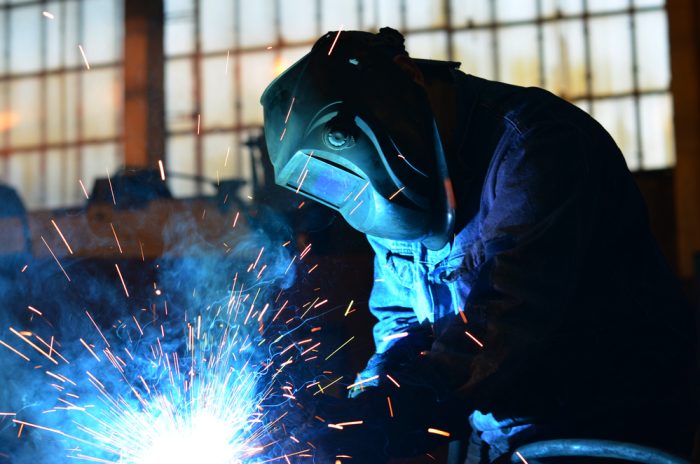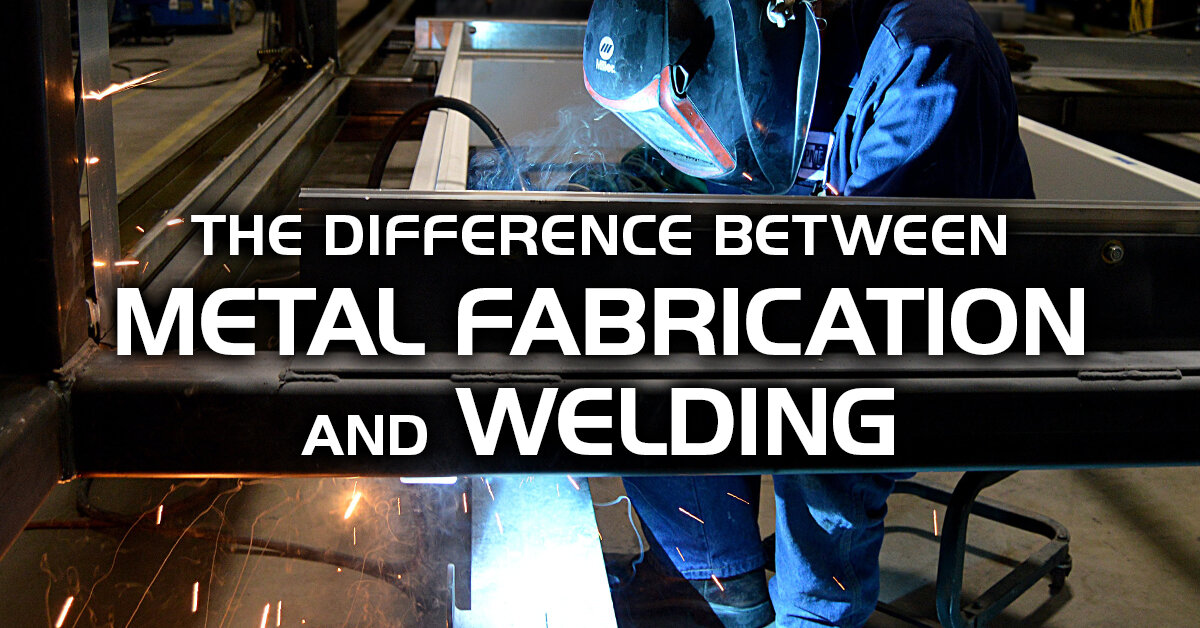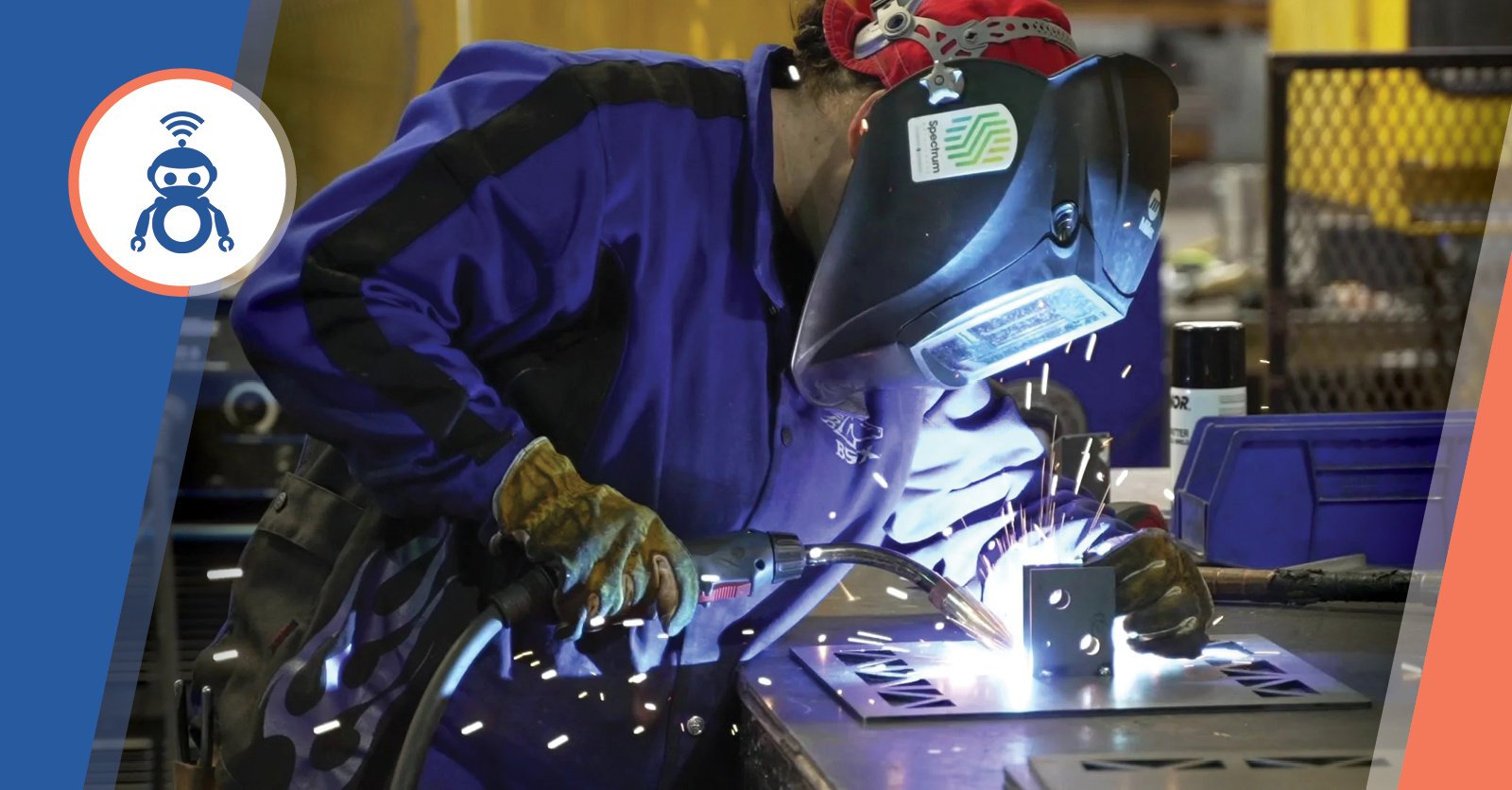Why welds crack and how Montana Mobile Welding and Repair solves them
Wiki Article
Usual Welding Fixing Issues and Just How to Address Them Successfully
Welding fixings typically come across a variety of concerns that can endanger the stability of the final product. Common troubles consist of insufficient penetration, porosity, and misalignment, to name a few. Each flaw provides special difficulties that need specific strategies for resolution. Recognizing these issues is important for welders intending to enhance their skills and outcomes. This discussion will discover these typical welding fixing concerns and effective approaches to address them.Inadequate Penetration
Insufficient penetration takes place when the weld metal fails to totally fuse with the base product, resulting in weak joints and prospective architectural failures. This concern typically comes from inadequate heat input, wrong electrode angle, or incorrect welding speed. Welders might run into insufficient penetration because of a miscalculation of the necessary criteria for a particular material density or type. In addition, contamination on the base product's surface can prevent reliable bonding, aggravating the issue. To address insufficient infiltration, welders need to assure proper setups on their devices and preserve a tidy work surface area. Routine assessment of welds is advised to identify any type of shortages early, permitting timely modifications and the prevention of jeopardized structural integrity in welded settings up.Porosity
Porosity is an usual problem in welded joints that materializes as small gas bubbles caught within the weld steel. This defect can jeopardize the stability of the weld, resulting in decreased toughness and possible failing under stress and anxiety. Belgrade Fabrication. Porosity commonly arises from contamination, dampness, or inappropriate welding strategies, which allow gases to escape into the molten weld pool. To address porosity, welders must guarantee proper surface prep work, keep a clean working atmosphere, and use suitable welding criteria. In addition, picking the ideal filler product and protecting gas can reduce gas entrapment. Routine inspection and screening of welds can aid determine porosity early, guaranteeing prompt restorative actions are taken, consequently preserving the quality and dependability of the welded structureMisalignment
Imbalance in welding can occur from numerous elements, consisting of improper arrangement and thermal development. Understanding the source is crucial for reliable resolution. A number of adjustment techniques are available to realign components and guarantee architectural integrity.Sources of Imbalance
Welding misalignment frequently originates from a selection of underlying issues that can endanger structural integrity. One key cause is improper fit-up of elements before welding, which can bring about gaps and irregular surface areas. Variations in thermal growth throughout the welding procedure can additionally lead to distortion, specifically if the materials being signed up with have various coefficients of development. Additionally, inadequate securing and fixturing may stop working to hold components firmly in place, bring about motion throughout welding. Badly maintained devices, consisting of welding makers and devices, may present incongruities in the weld grain, more adding to imbalance. Driver mistake, stemming from inadequate training or experience, can also play a substantial function in creating misaligned welds.
Improvement Methods Available
Addressing imbalance effectively calls for a combination of rehabilitative techniques customized to the specific problems handy. One typical method is making use of fixtures or jigs to hold parts in the right placement during welding, making sure constant placement. Furthermore, preheating the products can help reduce distortion and enhance fit-up. For considerable imbalance, mechanical realignment strategies, such as using hydraulic jacks or clamps, can be employed to deal with the placement before welding. Post-weld heat therapy might also be essential to ease tensions caused by imbalance. Ultimately, cautious evaluation and modification during the setup phase can protect against misalignment issues from coming to be considerable problems, advertising a smoother welding procedure and enhancing overall structural honesty.Distortion
Distortion is a common challenge in welding that can arise from various variables, consisting of irregular cooling and heating. Comprehending the root causes of distortion is necessary for carrying out reliable prevention methods. Resolving this issue not just enhances architectural stability yet likewise boosts the overall quality of the weld.Root causes of Distortion
When subjected to the extreme warmth of welding, products usually undertake modifications that can cause distortion. This sensation mainly develops from thermal development and contraction throughout the welding process. As the weld location warms up, the material expands; upon air conditioning, it acquires, which can produce inner stress and anxieties. In addition, uneven home heating throughout a work surface can aggravate these stress and anxieties, resulting in warping or bending. The sort of product also plays a significant function; metals with differing thermal conductivity and coefficients of expansion may react in different ways, bring about unforeseeable distortions. Inadequate joint layout and insufficient fixturing can add to imbalance during welding, increasing the probability of distortion. Understanding these reasons is essential for reliable welding repair and avoidance methods.Avoidance Techniques
Efficient prevention strategies for distortion throughout welding concentrate on regulating warm input and ensuring appropriate joint design. Maintaining a consistent heat input assists to reduce thermal growth and contraction, which can cause distortion. Using strategies such as preheating the work surface can additionally decrease the temperature level slope, advertising consistent heating. Additionally, selecting proper joint styles, such as T-joints or lap joints, can boost security and lower tension concentrations. Carrying out appropriate fixturing to safeguard the work surfaces in position further help in maintaining alignment during the welding process. Staggered welding series can distribute warm much more evenly, stopping local distortion. By using these methods, welders can considerably lower the chance of distortion and improve the total top quality of their welds.Fracturing
Breaking is an usual problem run into in welding repair services, usually arising from different elements such as improper air conditioning rates, product selection, or insufficient joint preparation. The occurrence of cracks can significantly jeopardize the integrity of the weld, leading his explanation to potential failures throughout procedure. To resolve this issue, welders must initially analyze the source, ensuring that materials work and appropriately selected for the particular application. In addition, managing the air conditioning price during the welding process is important; quick air conditioning can generate stress and anxiety and lead to cracking. Proper joint design and preparation additionally contribute to minimizing the danger. Executing these approaches can improve weld quality and sturdiness, ultimately reducing the chance of splitting in ended up weldments.
Insufficient Combination
A considerable issue in welding repair services is incomplete blend, which happens when the weld metal does not appropriately bond with the base product or previous weld passes - Welding. This issue can cause weaknesses in the joint, potentially compromising the honesty of the bonded structure. Aspects contributing to insufficient fusion consist of insufficient warmth input, incorrect welding technique, and contamination of the surfaces being signed up with. To resolve this issue effectively, welders ought to ensure appropriate pre-weld cleansing and surface area prep work, as well as change their welding specifications to achieve appropriate infiltration and fusion. Normal evaluation throughout the welding process can also assist recognize incomplete fusion early, permitting prompt rehabilitative procedures to boost the overall high quality of the weldOverheating
While welding repairs can improve architectural honesty, overheating presents a considerable obstacle that can result in material degradation. Extreme warmth during welding can modify the mechanical buildings of steels, causing lowered toughness, increased brittleness, and bending. This sensation is especially vital in high-stress applications where structural reliability is paramount. Determining getting too hot can involve aesthetic examinations for staining or gasless mig welder distortion, in addition to monitoring temperature level throughout the welding process. To reduce the threats connected with overheating, welders must employ appropriate strategies, such as controlling heat input, readjusting travel speed, and utilizing suitable filler products. Additionally, carrying out pre- and post-weld warm treatments can aid restore product homes and enhance the total high quality of the repair work, ensuring long-lasting efficiency and safety and security.Often Asked Concerns
What Are the Common Indicators of a Welding Issue?

How Can I Examine My Welds for High quality?
To examine welds for quality, one can utilize visual evaluations, ultrasonic screening, and radiographic approaches. Each technique guarantees architectural integrity, identifies defects, and validates adherence to specified standards, inevitably improving the integrity of the bonded joints.What Security Preventative Measures Should I Take While Welding?
When welding, one ought to prioritize safety and security by putting on suitable individual safety tools, ensuring proper air flow, securing flammable materials away, keeping a view website clean workspace, and understanding surroundings to stop mishaps and injuries.Can I Repair a Weld Without Redesigning the Entire Joint?
Repairing a weld without remodeling the entire joint is feasible, depending upon the damages (Fabrication). Strategies such as grinding, including filler material, or making use of a welding process can properly resolve certain defects while protecting the surrounding frameworkWhat Equipment Are Essential for Efficient Welding Services?
Essential devices for effective welding repairs include a welding device, cord brush, grinder, safety gear, clamps, and filler materials. Each tool plays a vital role in making certain high quality and safety and security during the fixing process. Porosity typically occurs from contamination, wetness, or incorrect welding methods, which permit gases to leave right into the liquified weld swimming pool. Inadequately maintained devices, consisting of welding makers and devices, may present inconsistencies in the weld bead, additional adding to misalignment. When subjected to the extreme warm of welding, products frequently go through adjustments that can lead to distortion. Splitting is a typical concern encountered in welding fixings, usually resulting from various variables such as improper air conditioning rates, material choice, or poor joint preparation. A considerable problem in welding repair services is insufficient blend, which takes place when the weld steel does not adequately bond with the base material or previous weld passes.Report this wiki page